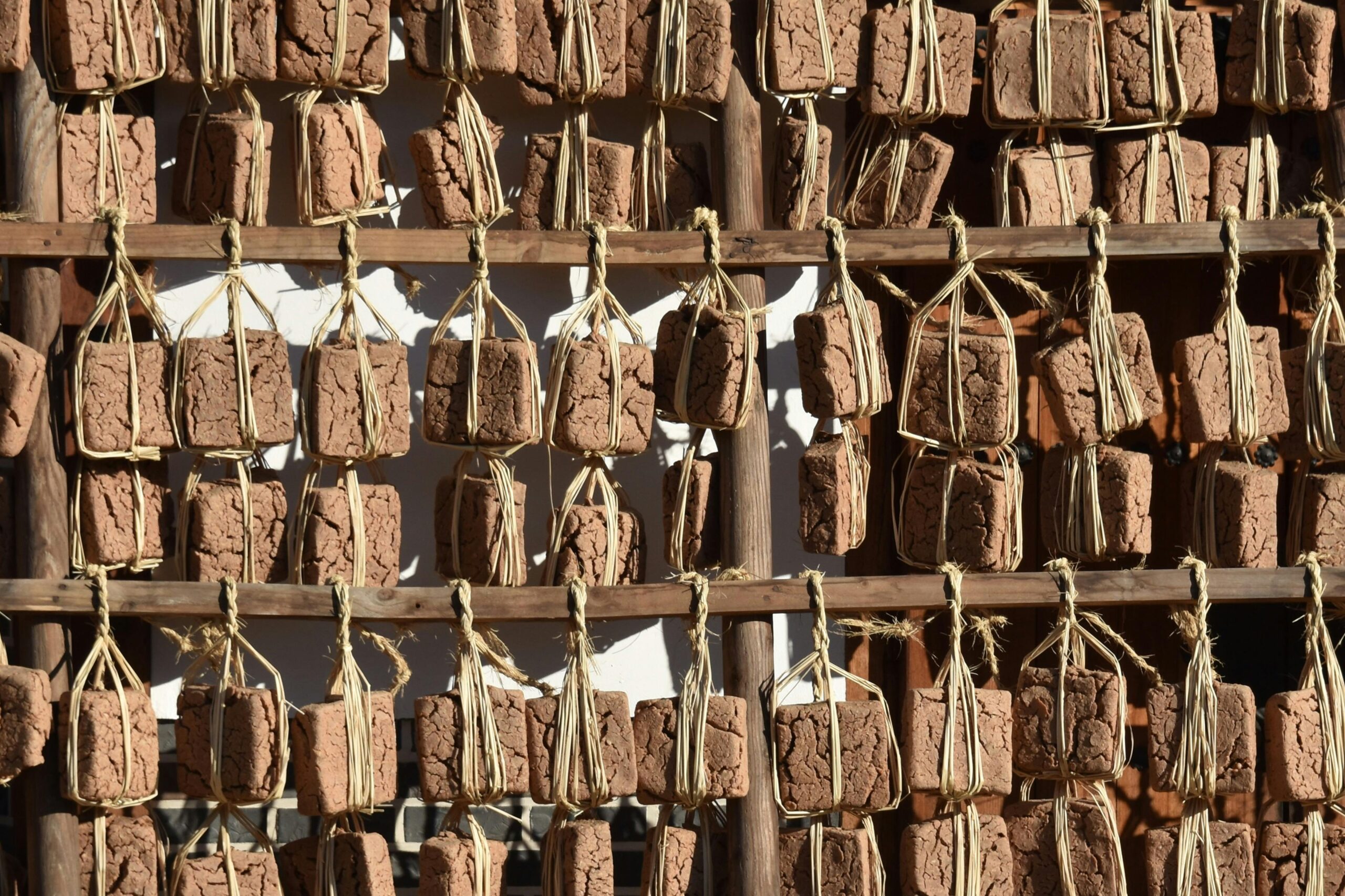Understanding Doenjang
Doenjang (된장) is a traditional Korean fermented soybean paste that serves as a cornerstone of Korean cuisine. With a rich history dating back to the era of the Three Kingdoms, this savory paste is crafted entirely from soybeans and brine. Doenjang is not just a condiment; it is often used as a base for soups, stews, and sauces, bringing depth and umami to countless dishes. Its robust flavor and nutritional value have made it a staple in Korean households, underscoring its importance in various culinary applications.
Production Process
The journey of making doenjang begins with the preparation of meju, which are bricks of fermented soybeans. The soybeans are soaked, boiled, and pounded before being molded into meju bricks and left to ferment. The fermentation process is critical, as it influences the flavor and texture of the final product. Depending on the method used, variations of doenjang can be produced, including tojang and jangjae, which differ slightly in their brine usage and production methods. Typically, traditional doenjang is made without fillers, maintaining the purity of its soy ingredients, while commercial variants might include additives such as wheat flour or anchovies to enhance taste.
Using Doenjang in Your Cooking
Doenjang is versatile and can be enjoyed in many ways. Whether used as a dip for fresh vegetables, a seasoning for rice dishes, or as the primary ingredient in flavorful stews, it adds a distinctively rich flavor profile. Here are a few ideas on how to incorporate doenjang into your meals:
- Mix it with water for a simple broth.
- Add it to stir-fried vegetables for a deep flavor boost.
- Incorporate it into marinades for meats and tofu.
- Use it as a base for sauces or dressings.
In summary, doenjang not only showcases the deep culinary heritage of Korea but also offers a plethora of uses in everyday cooking, making it a valuable addition to any kitchen.
